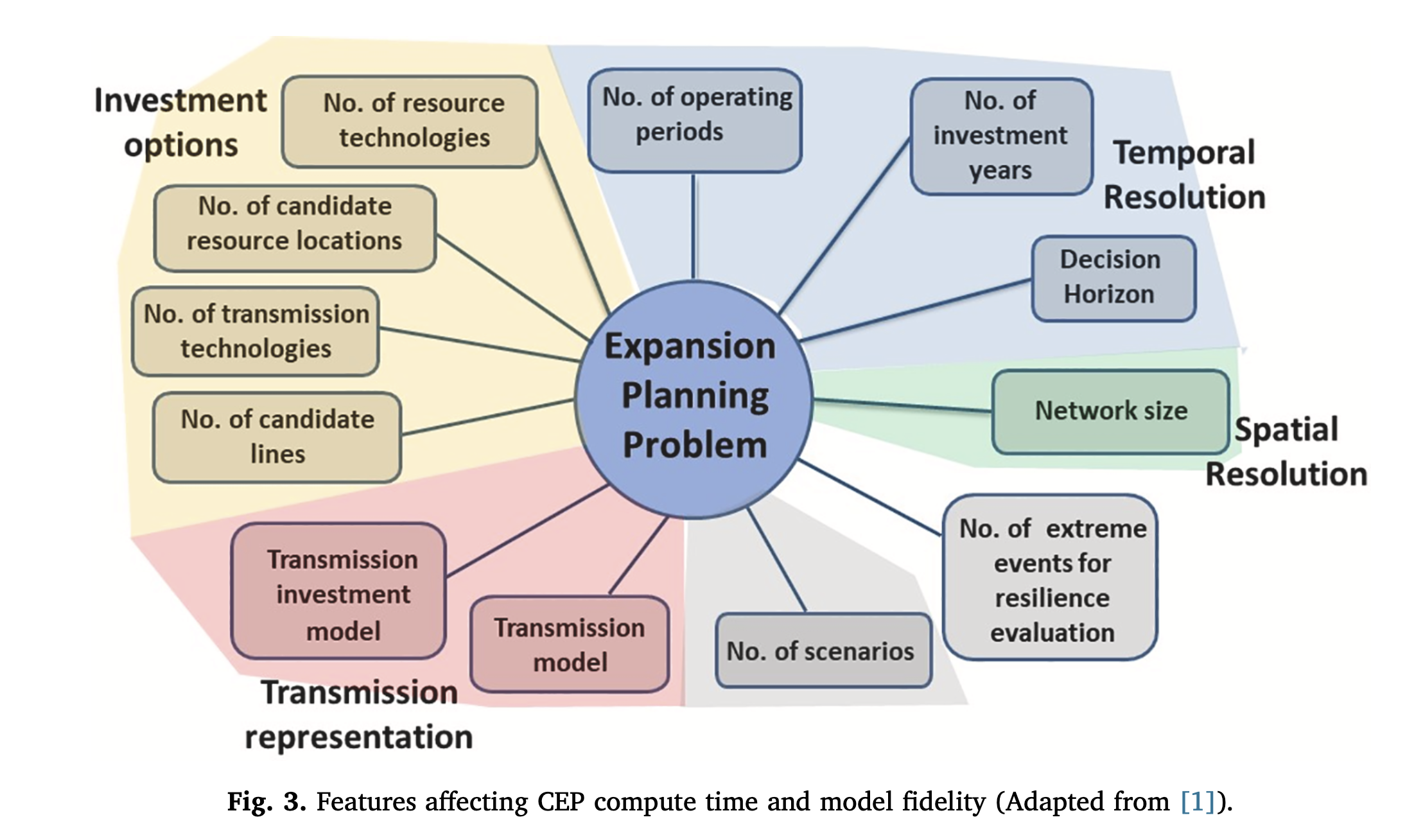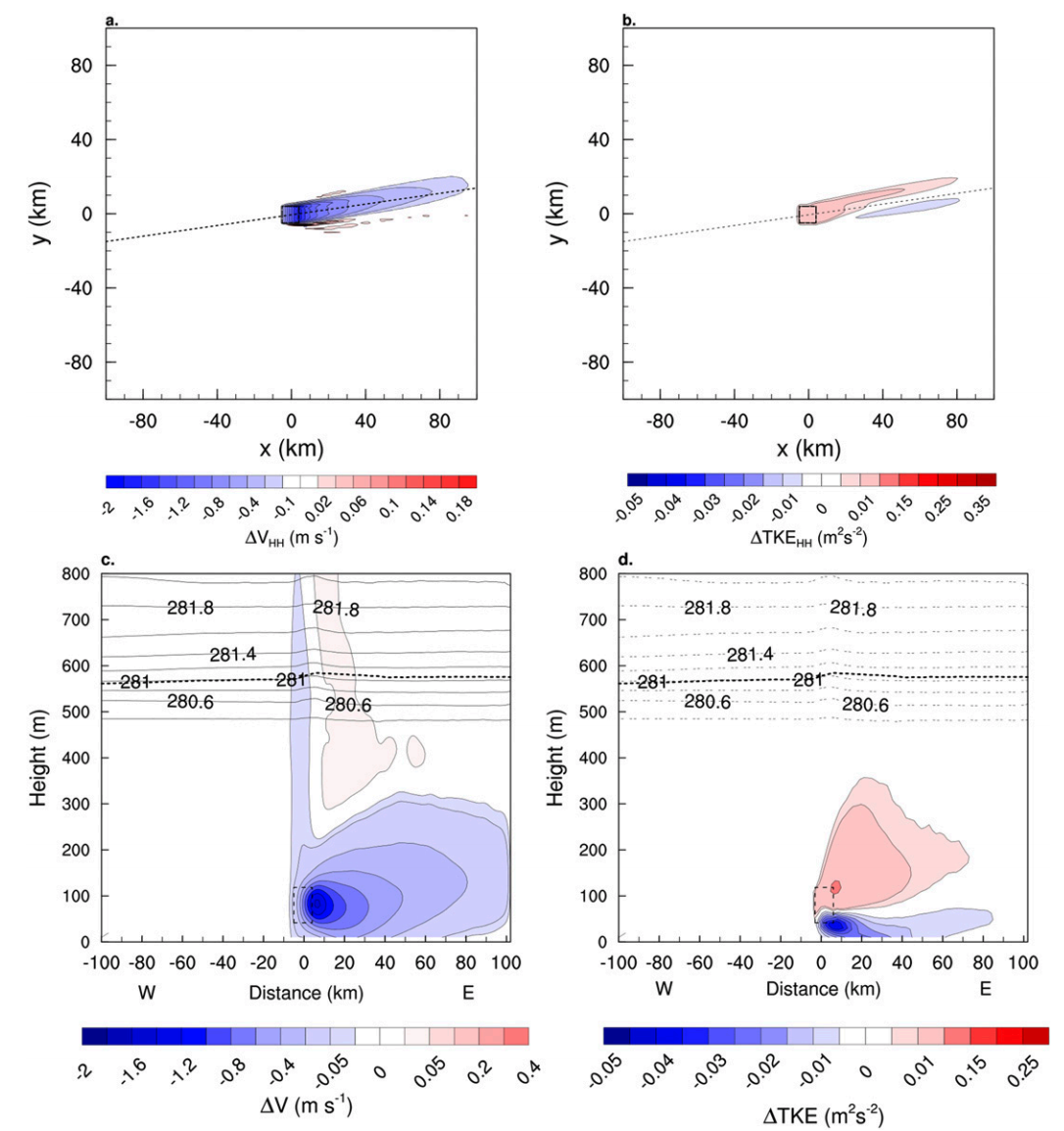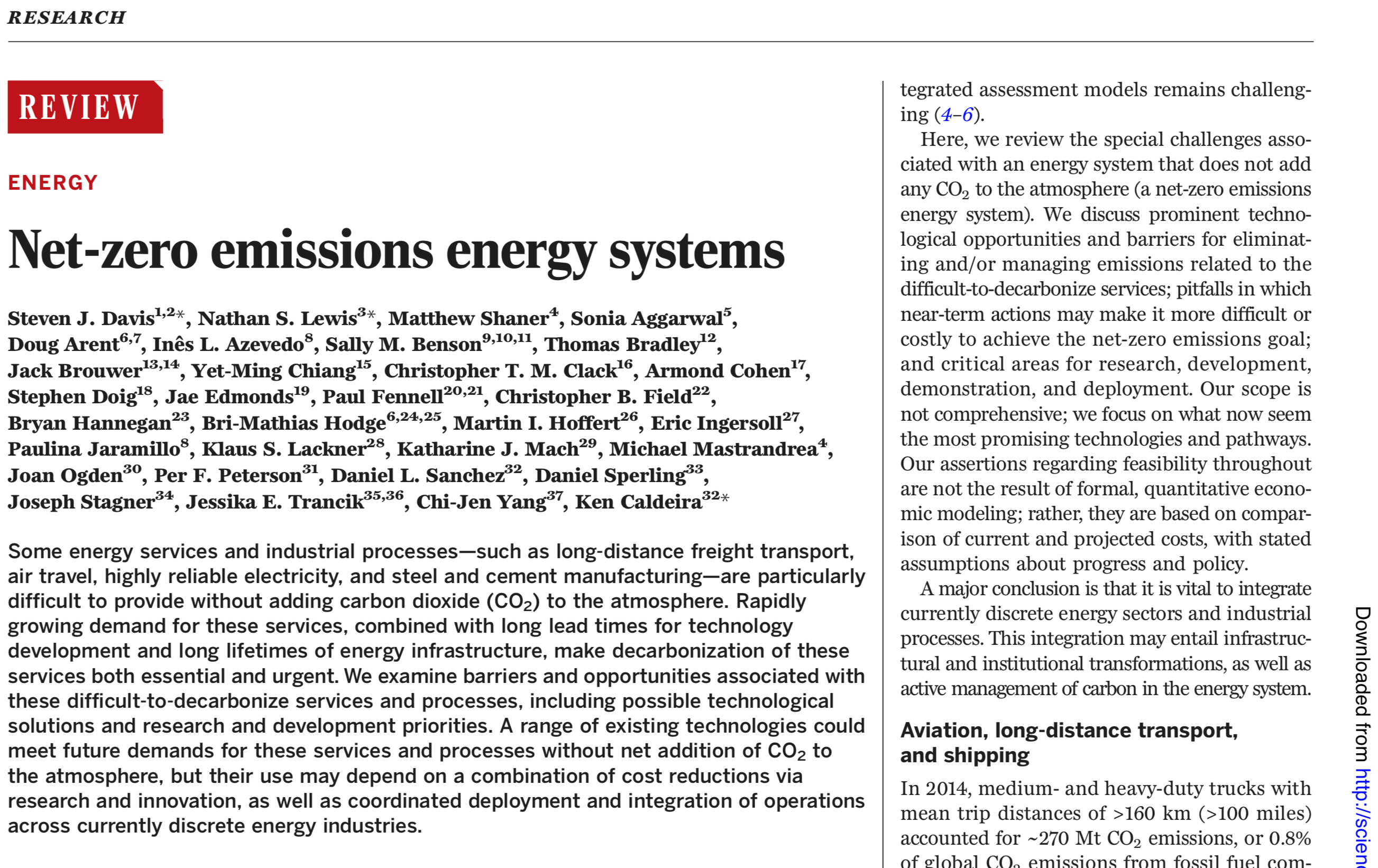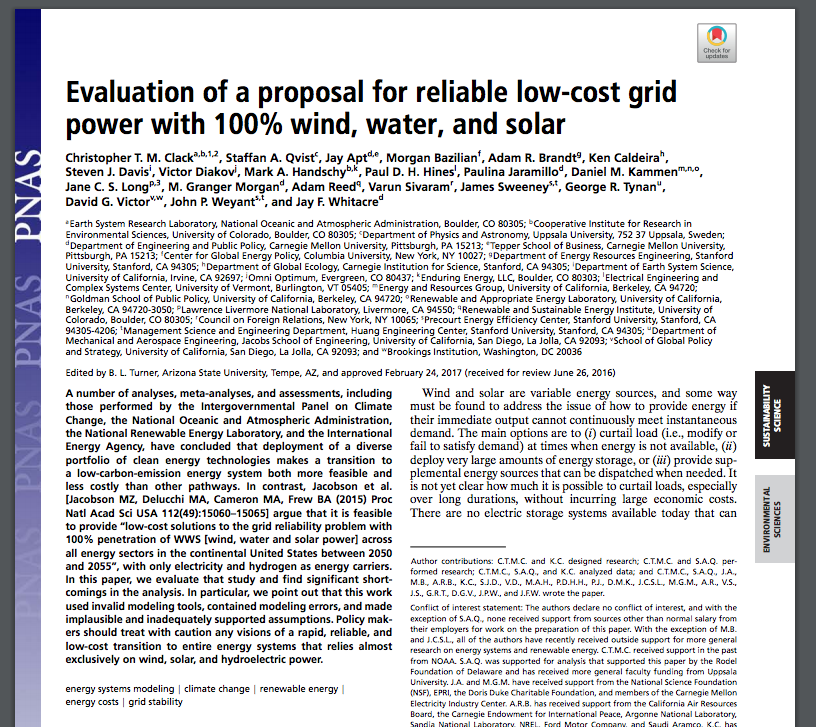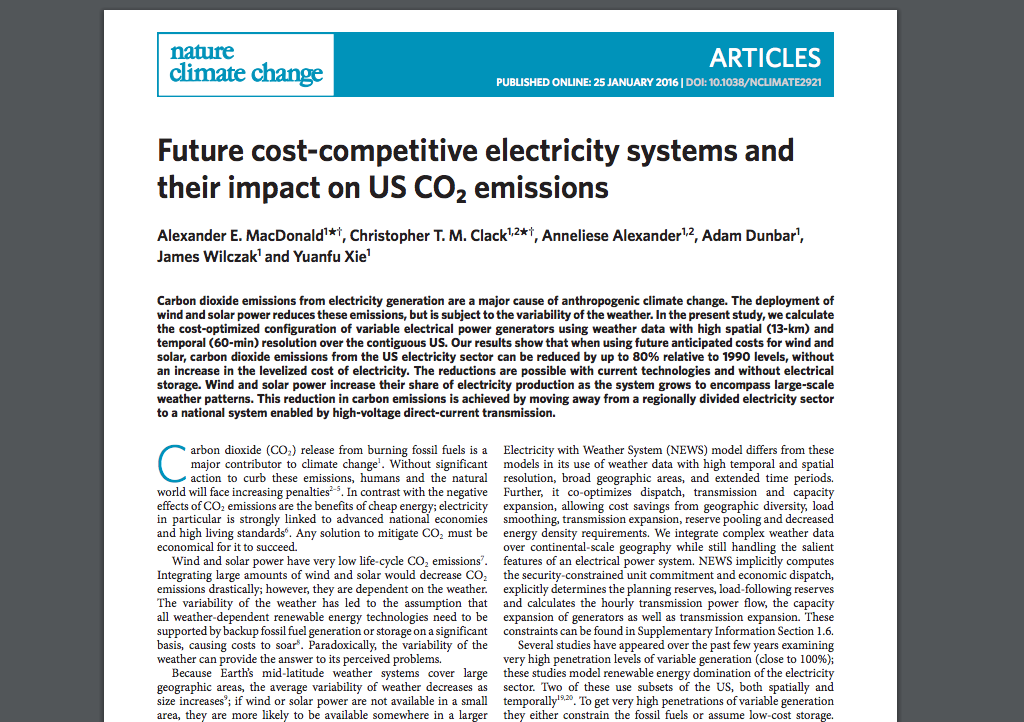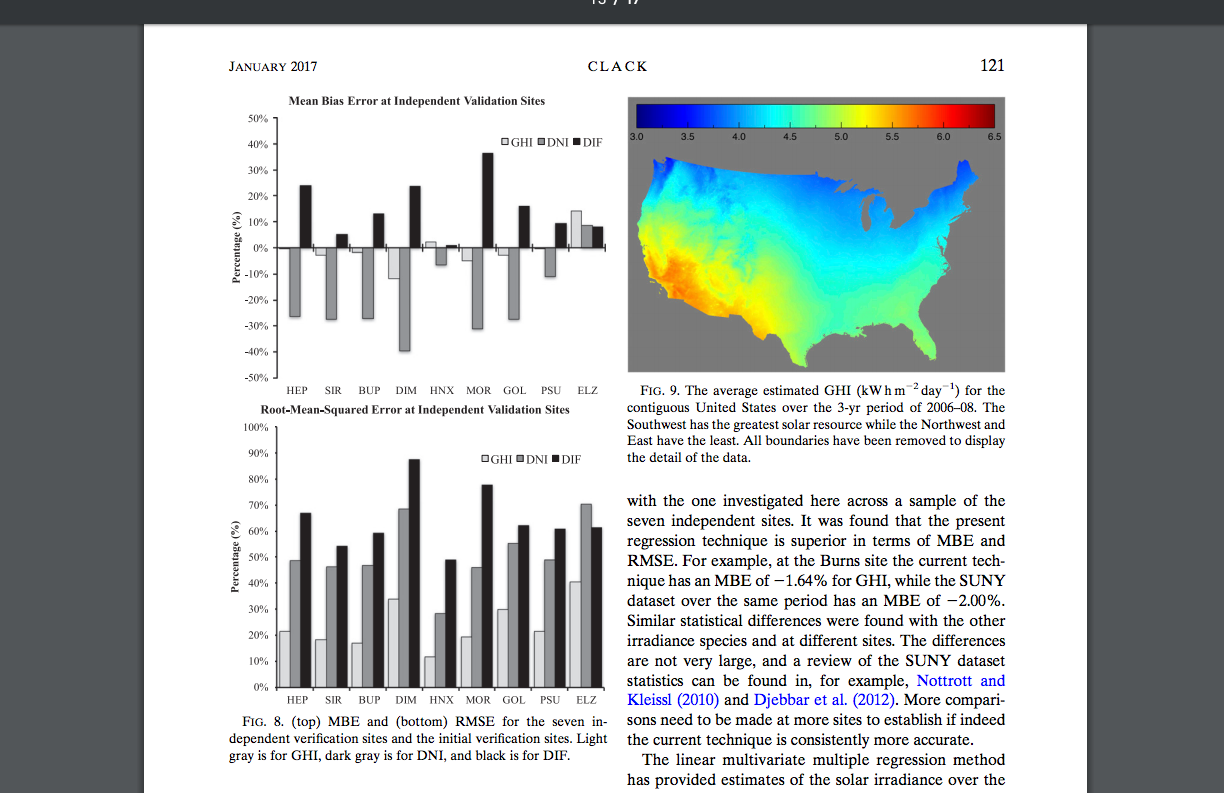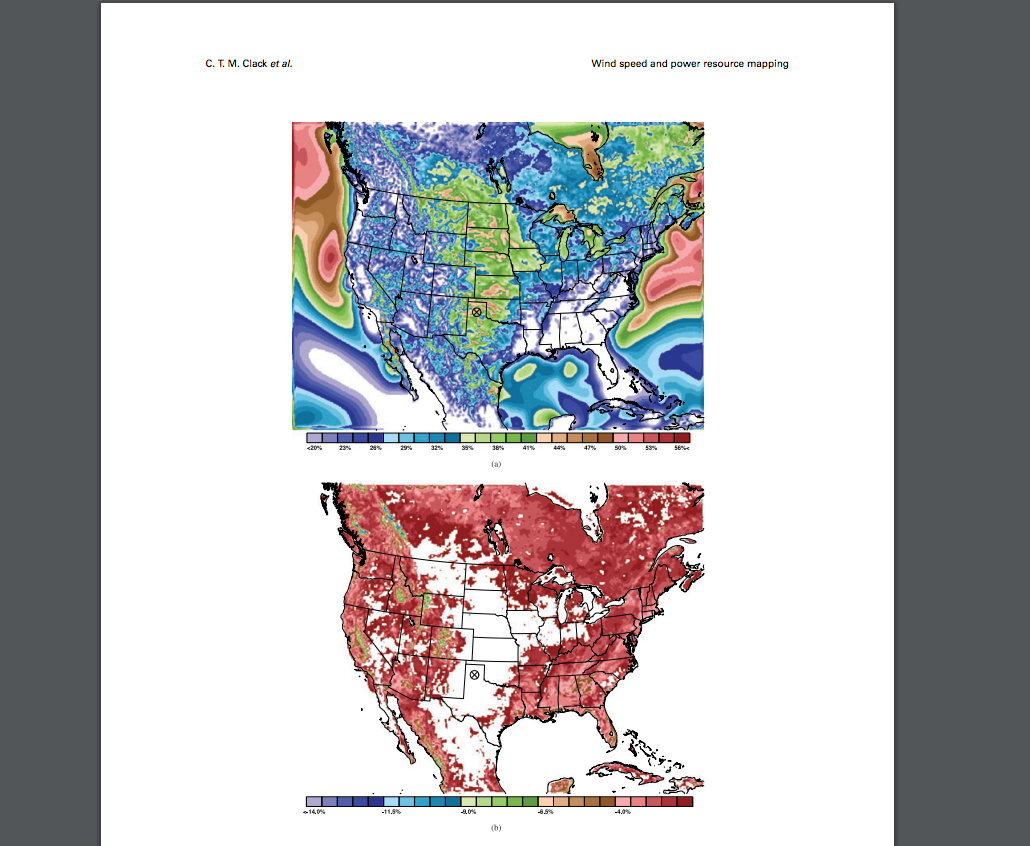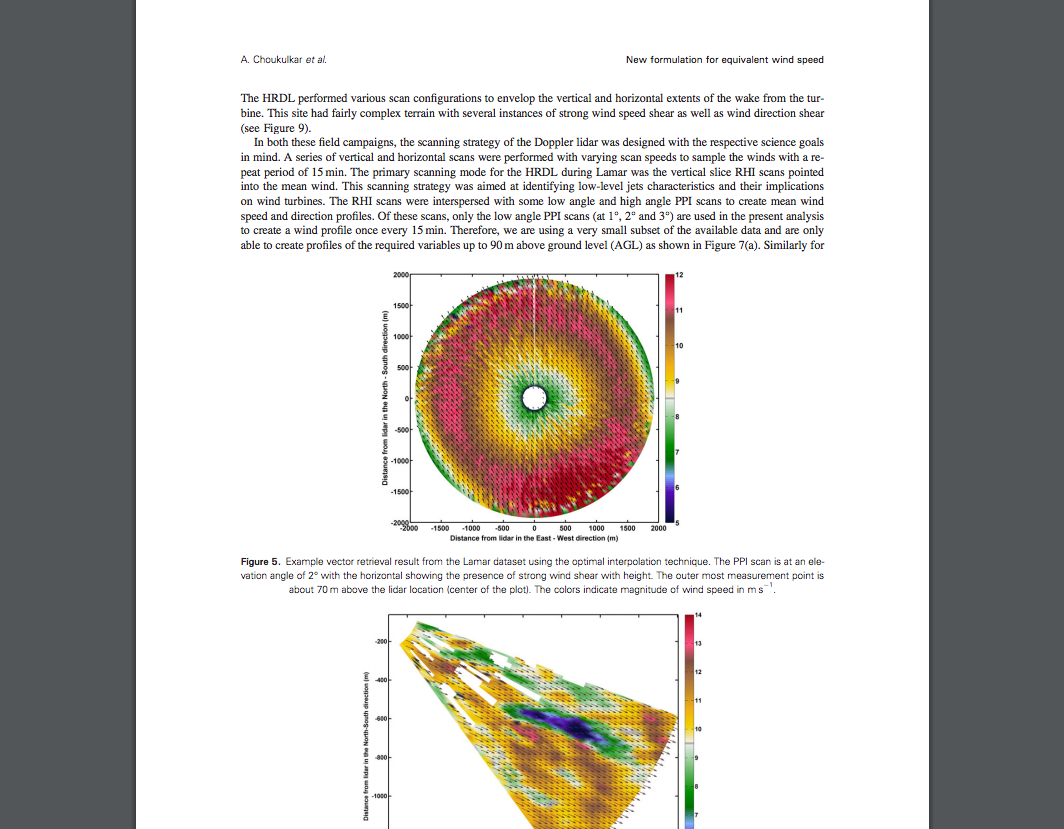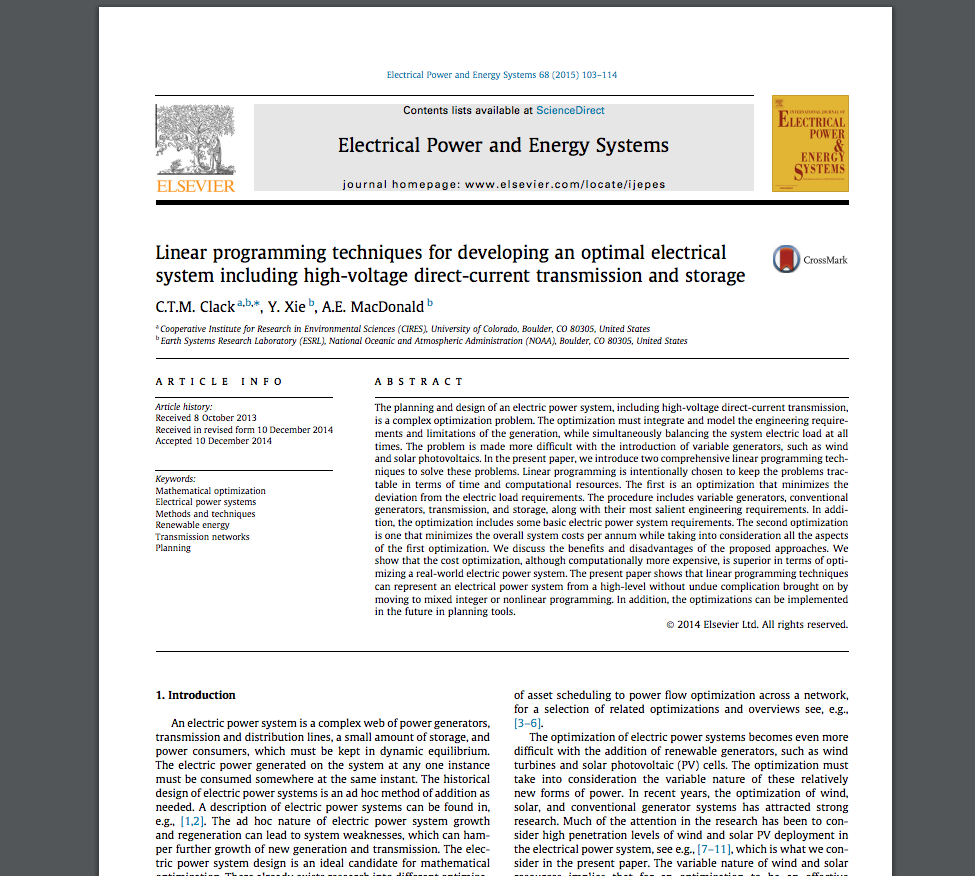Published in the International Journal of Electrical Power and Energy Systems in May, 2020 here. Close coordination between generation and transmission operations and planning is critical to cost effective and reliable energy production and delivery; such coordination, in the presence of ownership diversity, is indeed a primary and challenging goal of regional transmission organizations in the US and similar organizations worldwide. Optimizing these sectors separately overlooks potential synergies that may allow for more effective design and operation of power systems. Coordinated expansion planning (CEP), where both generation and transmission decisions are coordinated, has become especially relevant to present day planning and operations. There are various reasons for this, some of which include the desire to obtain the most environmental and economic benefit from deeper penetration of renewable energy sources, the need for effective deployment of emerging storage technologies, opportunities to capture and harness the electrification of the transport sector, increased interdependencies with other sectors (e.g., gas), and accommodating increased shares of distributed energy resources in distribution grids. These changes result in increased short-term and long-term uncertainties, as well as an increased need for improved representation of multiscale temporal and spatial dynamics (e.g., representing hourly or sub-hourly intertemporal couplings in multi-decadal expansion models). The purpose of this work is to characterize the state-of-the-art in CEP models and identify technical challenges of grid development planning and research and development (R&D) needs for the new generation of these CEP models.
Scientific Papers
Incorporation of the Rotor-Equivalent Wind Speed into the Weather Research and Forecasting Model’s Wind Farm Parameterization
Published in Monthly Weather Review on March, 12th 2019 here. Wind power installations have been increasing in recent years. Because wind turbines can influence local wind speeds, temperatures, and surface fluxes, weather forecasting models should consider their effects. Wind farm parameterizations do currently exist for numerical weather prediction models. They generally consider two turbine impacts: elevated drag in the region of the wind turbine rotor disk and increased turbulent kinetic energy production. The wind farm parameterization available in the Weather Research and Forecasting (WRF) Model calculates this drag and TKE as a function of hub-height wind speed. However, recent work has suggested that integrating momentum over the entire rotor disk [via a rotor-equivalent wind speed (REWS)] is more appropriate, especially for cases with high wind shear. In this study, we implement the REWS in the WRF wind farm parameterization and evaluate its impacts in an idealized environment, with varying amounts of wind speed shear and wind directional veer. Specifically, we evaluate three separate cases: neutral stability with low wind shear, high stability with high wind shear, and high stability with nonlinear wind shear. For most situations, use of the REWS with the wind farm parameterization has marginal impacts on model forecasts. However, for scenarios with highly nonlinear wind shear, the REWS can significantly affect results.
Net-Zero Emissions Energy Systems
Published in Science on June, 28th 2018 here. Some energy services and industrial processes — such as long-distance freight transport, air travel, highly reliable electricity, and steel and cement manufacturing — are particularly difficult to provide without adding carbon dioxide (CO2) to the atmosphere. Rapidly growing demand for these services, combined with long lead times for technology development and long lifetimes of energy infrastructure, make decarbonization of these services both essential and urgent. We examine barriers and opportunities associated with these difficult-to-decarbonize services and processes, including possible technological solutions and research and development priorities. A range of existing technologies could meet future demands for these services and processes without net addition of CO2 to the atmosphere, but their use may depend on a combination of cost reductions via research and innovation, as well as coordinated deployment and integration of operations across currently discrete energy industries.
In this paper, we evaluate that study [Jacobson MZ, Delucchi MA, Cameron MA, Frew BA (2015) Proc Natl Acad Sci USA 112(49):15060–15065] and find significant shortcomings in the analysis. In particular, we point out that this work used invalid modeling tools, contained modeling errors, and made implausible and inadequately supported assumptions. Policy makers should treat with caution any visions of a rapid, reliable, and low-cost transition to entire energy systems that relies almost exclusively on wind, solar, and hydroelectric power.
Our results show that when using future anticipated costs for wind and solar, carbon dioxide emissions from the US electricity sector can be reduced by up to 80% relative to 1990 levels, without an increase in the levelized cost of electricity. The reductions are possible with current technologies and without electrical storage. Wind and solar power increase their share of electricity production as the system grows to encompass large-scale weather patterns.
The increased use of solar photovoltaic (PV) cells as energy sources on electric grids has created the need for more accessible solar irradiance and power production estimates for use in power modeling software. In the present paper, a novel technique for creating solar irradiance estimates is introduced. A solar PV resource dataset created by combining numerical weather prediction assimilation model variables, satellite data, and high-resolution ground-based measurements is also presented.
The use of wind energy is growing around the world, and its growth is set to continue into the foreseeable future. Estimates of the wind speed and power are helpful to assess the potential of new sites for development and to facilitate electric grid integration studies. In the present paper, wind speed and power resource mapping analyses are performed.
The spurt of growth in the wind energy industry has led to the development of many new technologies to study this energy resource and improve the efficiency of wind turbines. One of the key factors in wind farm characterization is the prediction of power output of the wind farm that is a strong function of the turbulence in the wind speed and direction. A new formulation for calculating the expected power from a wind turbine in the presence of wind shear, turbulence, directional shear and direction fluctuations is presented.
The planning and design of an electric power system, including high-voltage direct-current transmission, is a complex optimization problem. The optimization must integrate and model the engineering requirements and limitations of the generation, while simultaneously balancing the system electric load at all times. The problem is made more difficult with the introduction of variable generators, such as wind and solar photovoltaics. In the present paper, we introduce two comprehensive linear programming techniques to solve these problems.

